Your shopping cart is empty!
SHOOT FOR THE STARS: YOUR BEST JEWELRY PHOTOGRAPHS
View All >>Original article published in interweave.com
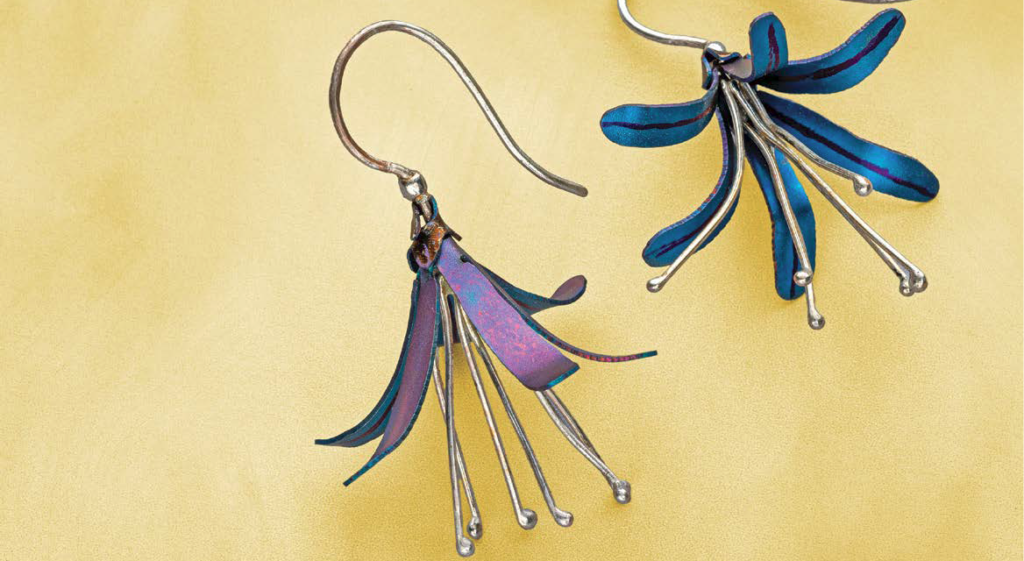
Set high standards and keep shooting for them. That’s how to get great jewelry photographs of the designs you make. If you don’t remember having to buy the right kind of film, send it off for development, and wait weeks for the prints to come back, trust me. It’s wonderful that you can shoot, inspect, tweak, and reshoot to your heart’s content.
ABOVE: See Both Sides earring project by Noël Yovovich appeared in Lapidary Journal Jewelry Artist November/December 2019; photo: Jim Lawson
Yes, it still takes time and there still are expenses, but you can quickly learn from your mistakes and try again. If you keep track of your efforts, every new shot is an instant lesson in what works, comes close, or has a long way to go. Take advantage of it.
Harden Your Heart
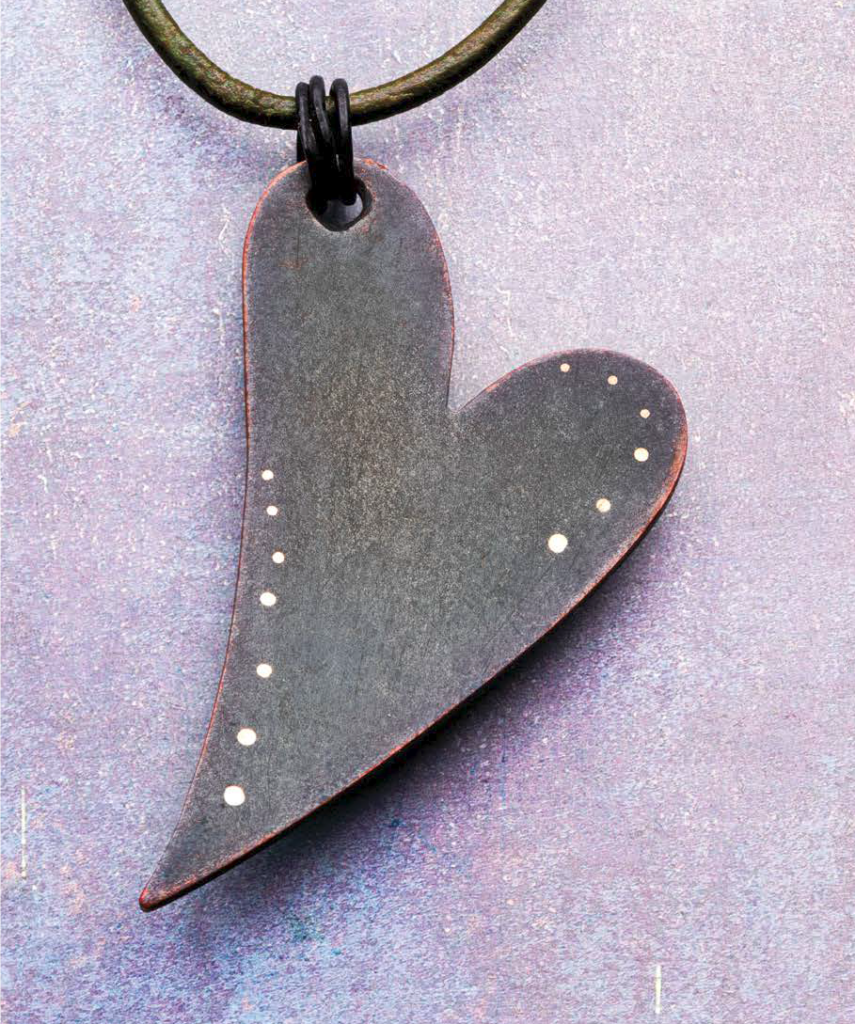
Momoko Okada’s project Essence of Japan appears in Lapidary Journal Jewelry Artist May/June 2020; photo: Jim Lawson
Like jewelry making, jewelry photography is a specialized craft requiring experience to perfect. If your heart isn’t content with the so-so photos you’re managing now and you need professional quality jewelry photographs right away, hire a pro. If that’s not in your budget, maybe you can cajole a friend or aquaintance with some serious photography skills to help you out. Maybe they’ll even let you watch and learn from them.
Meanwhile, you can work on improving your jewelry photographs immediately. Shoot all your work, even if it’s solely for practice. Pretend the shots you took aren’t yours or the best you can do, but those of someone else. Be polite but firm with yourself. And the next time you need to show off your jewelry making abilities using photographs, you might be ready to show off your jewelry photography skills, too.
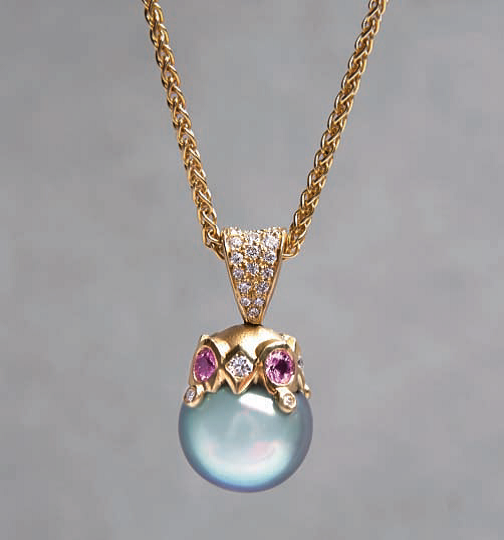
You can get creative with your backgrounds once you’ve got the hang of shooting on a simple one. There are plenty of ways to challenge yourself. Tahitian pearl with diamonds and sapphire pendant by Lisa Mele; photo: Azur Mele
Oops, that side is blurry? Oops, the polished metal is blown out, the color off? You can’t see the piece for the background? What are those white flecks — is that lint? Now the background works but you can see the corner of your table underneath? The piece is distorted, lacks detail, just doesn’t pop? Fix the focus, stabilize your camera or phone, try another background, change the light, alter the angle, note your adjustments, do it again. Rinse. Repeat.
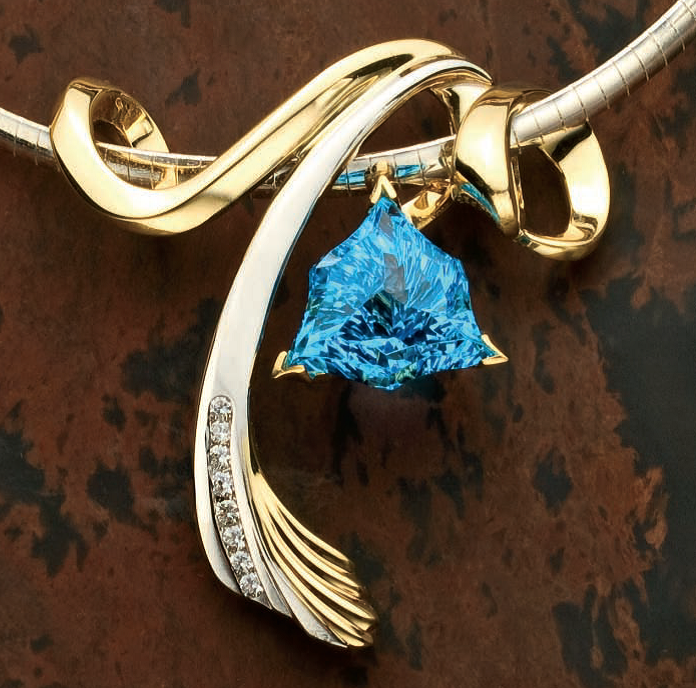
Basket Set Concave Gem, blue topaz cut by Mark Gronlund, pendant by Phil Griner, Lapidary Journal Jewelry Artist January 2009; photo: Jim Lawson
Lighten Up
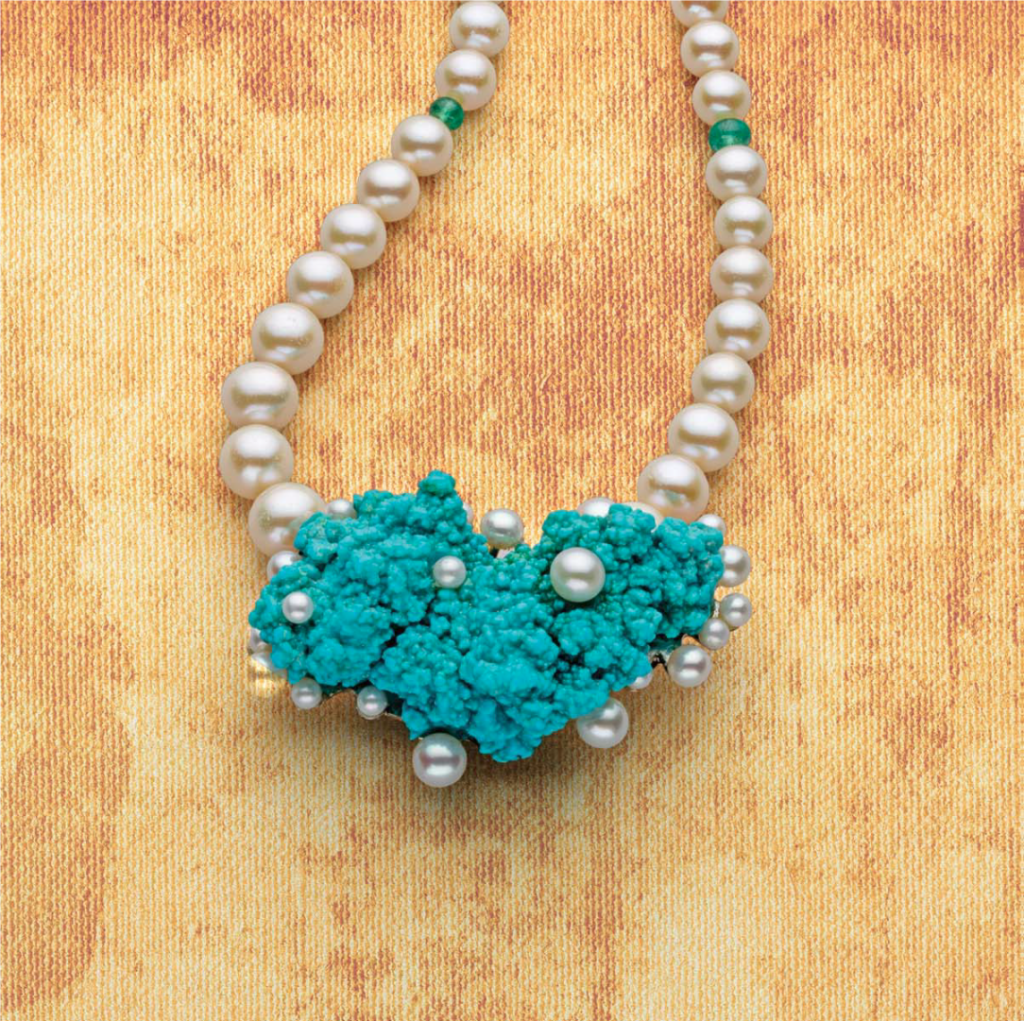
Betsy Lehndorff’s Tiny Bubbles project appears in Lapidary Journal Jewelry Artist September/October 2018; photo: Jim Lawson
When professionals talk about photography, it’s so often about the light. Lapidary Journal Jewelry Artist column and feature writer Cathleen McCarthy is also a pretty good photographer herself and posted some tips for us on Avoiding Common Jewelry Photography Mistakes. While the pros often use a combination of type of light, she says it doesn’t have to be that complicated. “As long as you stick to one light source at a time, you can [probably] set your camera to read it as white light.”
Lapidary Journal Jewelry Artist photographer Jim Lawson does amazing things with his light with such jewelry photography basics as a reflector card and a diffuser. (He’s also been impressed from the start with the capabilities of smartphone cameras, though of course he goes beyond the basics with more complex equipment, too.)
Professional photographer Azur Mele makes the case for shooting jewelry photographs in natural light, which is an easy option for non-professionals. She also offers instructions for taping together a simple paper light cone that helps you gather and direct your light productively.
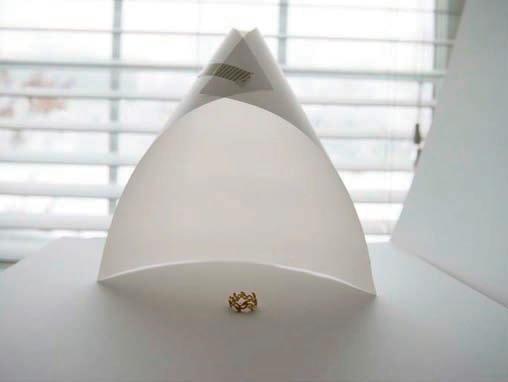
Azur Mele’s adjustable paper light cone
You shouldn’t settle for jewelry photographs that don’t present your work adequately for your purpose, whatever that is. Instagram post, Etsy shop, print magazine, craft show poster, competition entry, or your mom’s refrigerator door: standards vary, but standards there must be. The flip side of not settling is just as important, though. Perfection is rare if it ever happens at all. Keep shooting for better, but be content with good enough.

